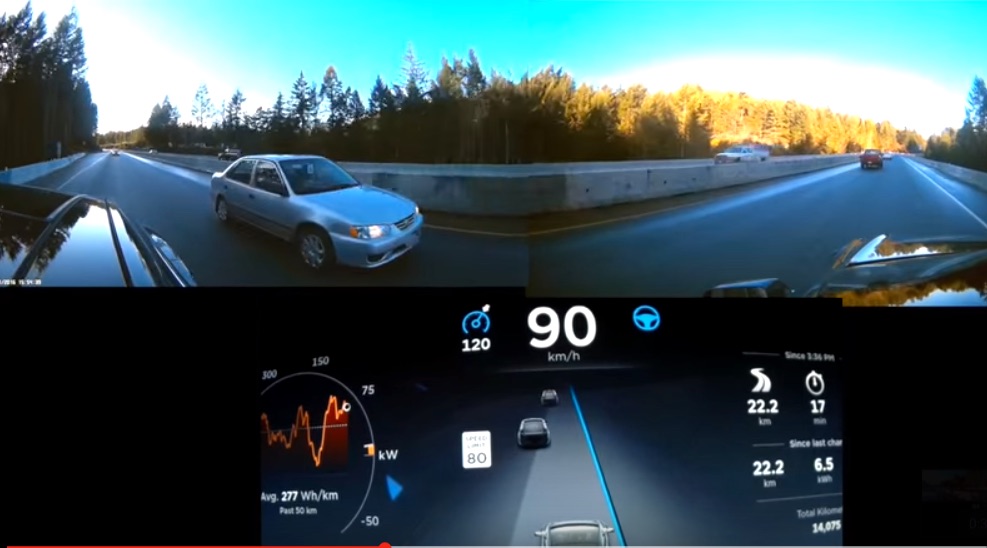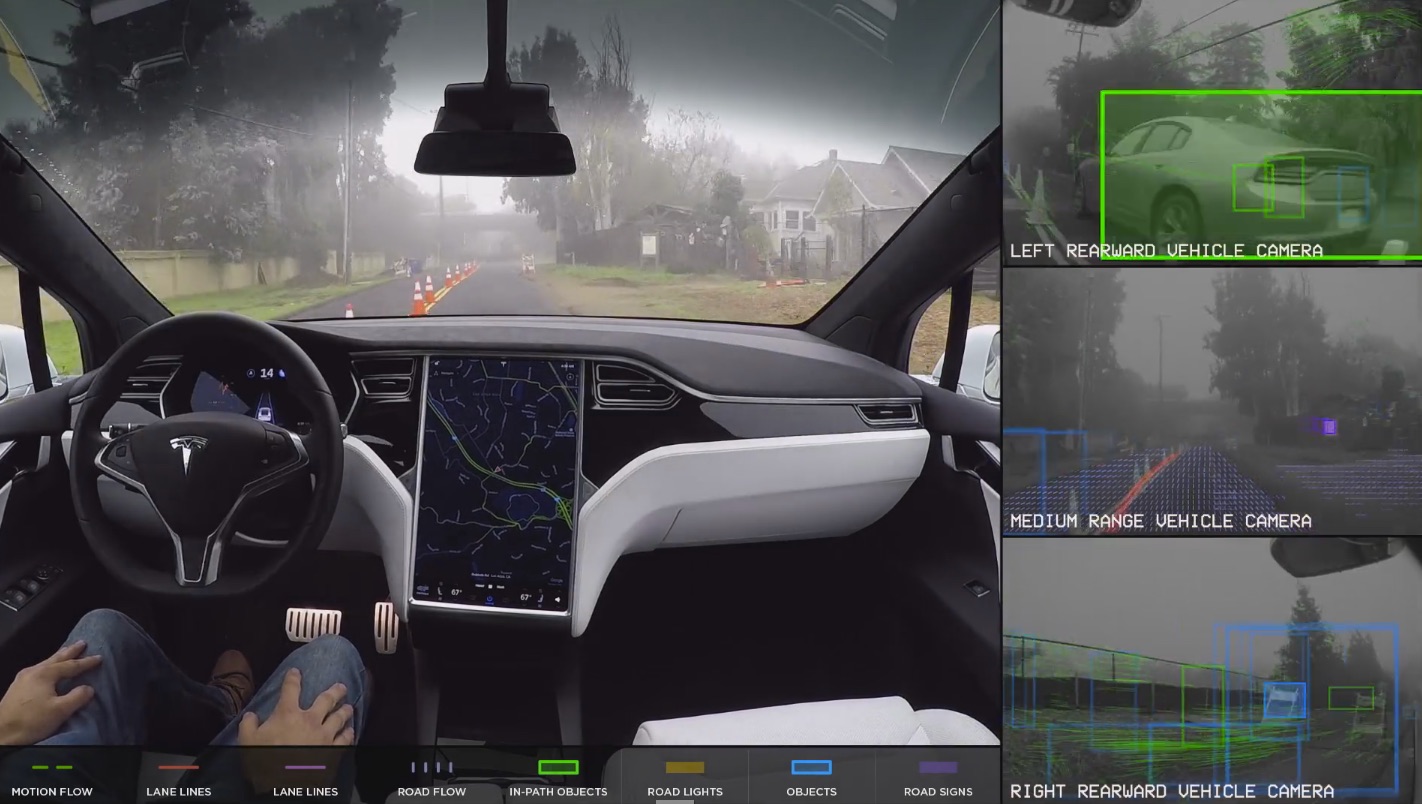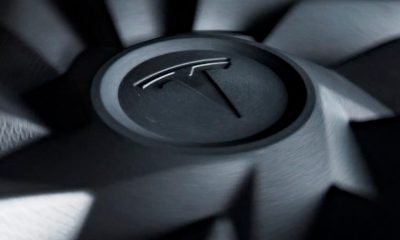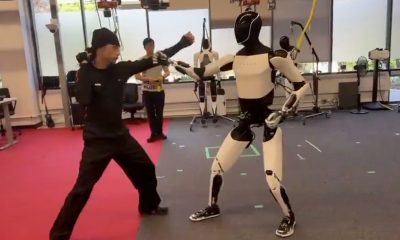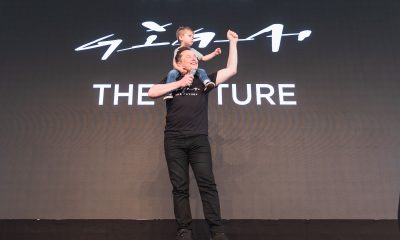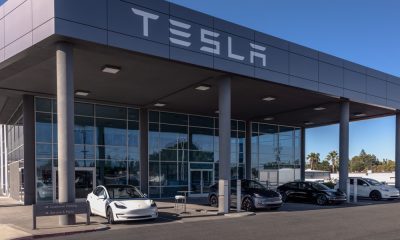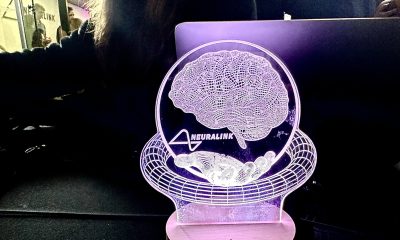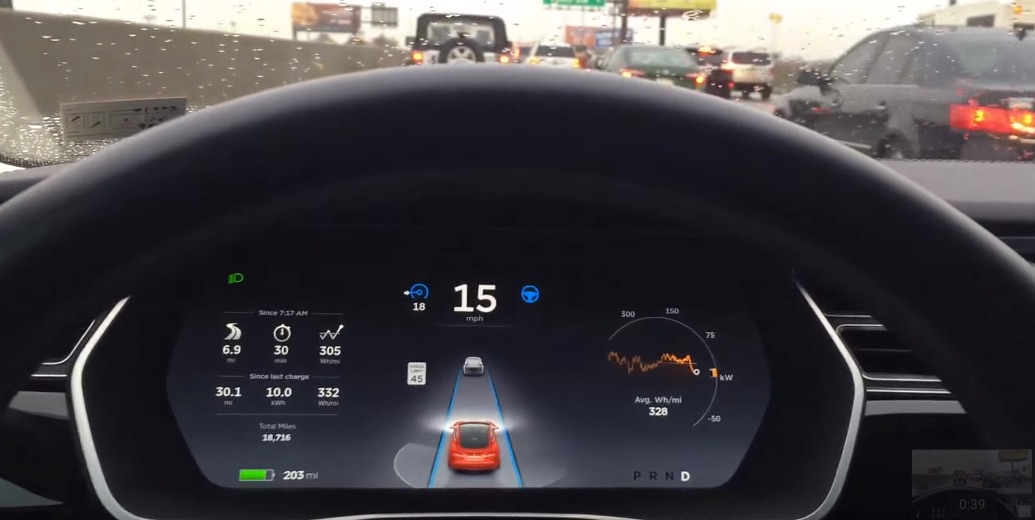

News
Tesla Autopilot and artificial intelligence: The unfair advantage
Serial tech entrepreneur and Tesla CEO Elon Musk has had a longstanding fear of artificial intelligence, but his company’s investments in artificial intelligence have been noted as an attempt to keep track of developments in the field of AI. In an interview for Vanity Fair in April 2017, he outright expressed his concerns with AI and claimed that one of the reasons for the development of SpaceX was that it could be an interplanetary escape route for humanity if artificial intelligence goes rogue. However, even Musk realizes the importance of AI in real-world applications, specifically for self-driving cars. At the end of June, Musk hired Andrej Karpathy as the new Director of Artificial Intelligence at Tesla, and MIT Technology Review claims it is the start of a plan to rethink automated driving at Tesla.
Karpathy comes from OpenAI, a non-profit company founded by Musk that focuses on “discovering and enacting the path to safe artificial general intelligence.” Afterwards, he moved on to intern at DeepMind, a place that spotlighted reinforcement learning with AI. Karpathy’s previous research focuses are on image understanding and recognition, which directly translates into applying proven image recognitions algorithms in Tesla’s Autopilot.
Recently, the popular question of morality was brought up in context to AI learning in Autopilot cars. It’s very interesting to consider how to teach technology to respond to an innately human moral problem. The Moral Machine, hosted by Massachusetts Institute of Technology, is a platform built to “gather human perspectives on moral decisions made by machine intelligence, such as self-driving cars.” It questions how the machine would act in human decisions such as whether to crash the driver or keep driving into a pedestrian that is crossing the street where there are no traffic regulators. How exactly do you teach a logical machine the mechanisms of ethical decision-making?
Although Musk and Tesla are the leaders in the self-driving field, a number of other companies are also entering into the competition sphere. Google, Uber, and Intel’s Mobileye have all been considering the application of reinforcement learning in the context of self-driving cars. Uber, Waymo, GM (Cruise Automation), Mobileye (camera supplier), Mercedes and Velodyne (LiDAR Supplier) could be potential competitors in the realm of self-driving vehicles. However, most of the technology does not encompass full self-driving, which is Musk’s aim. While other companies are investing heavily in autonomous fleets, Tesla far outpaces them in terms of data collection and release of finished product.
What are the differentiators for Tesla in the growing field of AI directed driverless cars?
Historically, Musk has focused on “narrow AI” which can enable the car to make decisions without driver interference. The vehicles would increasingly rely on radar as well as ultrasonic technology for sensing and data-gathering to form the basis for Tesla’s Autopilot algorithms. A technology that isn’t derived from LiDAR, the combination of radar and camera system said to outperform LiDAR especially in adverse weather conditions such as fog.
With the introduction of Autopilot 2.0 and Tesla’s “Vision” system, and billions of miles real-world driving data collected by Model S and Model X drivers, Tesla continues to create a detailed 3D map of the world that has increasingly finer resolution as more vehicles are purchased, delivered and placed onto roadways. The addition of GPS allows Tesla to put together a visual driving map for AI vehicles to follow, paving the path for newer and more advanced vehicles.
The addition of Karpathy will be a notable asset for Tesla’s Autopilot team. In specific, the team will be able to apply Karpathy’s deep knowledge of reinforcement learning systems. Reinforcement learning for AI is similar to teaching animals via repetition of a behavior until a positive outcome is yielded. This type of machine learning will allow Tesla Autopilot to navigate complex and challenging scenarios. For example, AI will allow cars to determine in real-time how to navigate a four-way stop, a busy intersection or other difficult situations present on city streets. By making cars smarter with the way they navigate drivers, Tesla will put itself ahead of the curve with a fully-thinking, fully self-driving car.
Tesla is expected to demonstrate a fully autonomous cross-country drive from California to New York by the end of this year as a showcase for its upcoming Full Self-driving Capability. If you’re buying a Tesla Model 3, or an existing Model S or Model X owner, just know that you’re contributing to a self-driving future, mile by mile.
Elon Musk
Tesla releases cryptic teaser for something massive and it’s coming this week
On Sunday morning, Tesla released a nine-second teaser video of what appears to be either a vehicle wheel, fan, or some sort of propeller, but there are no real clues as to what it could be exactly.
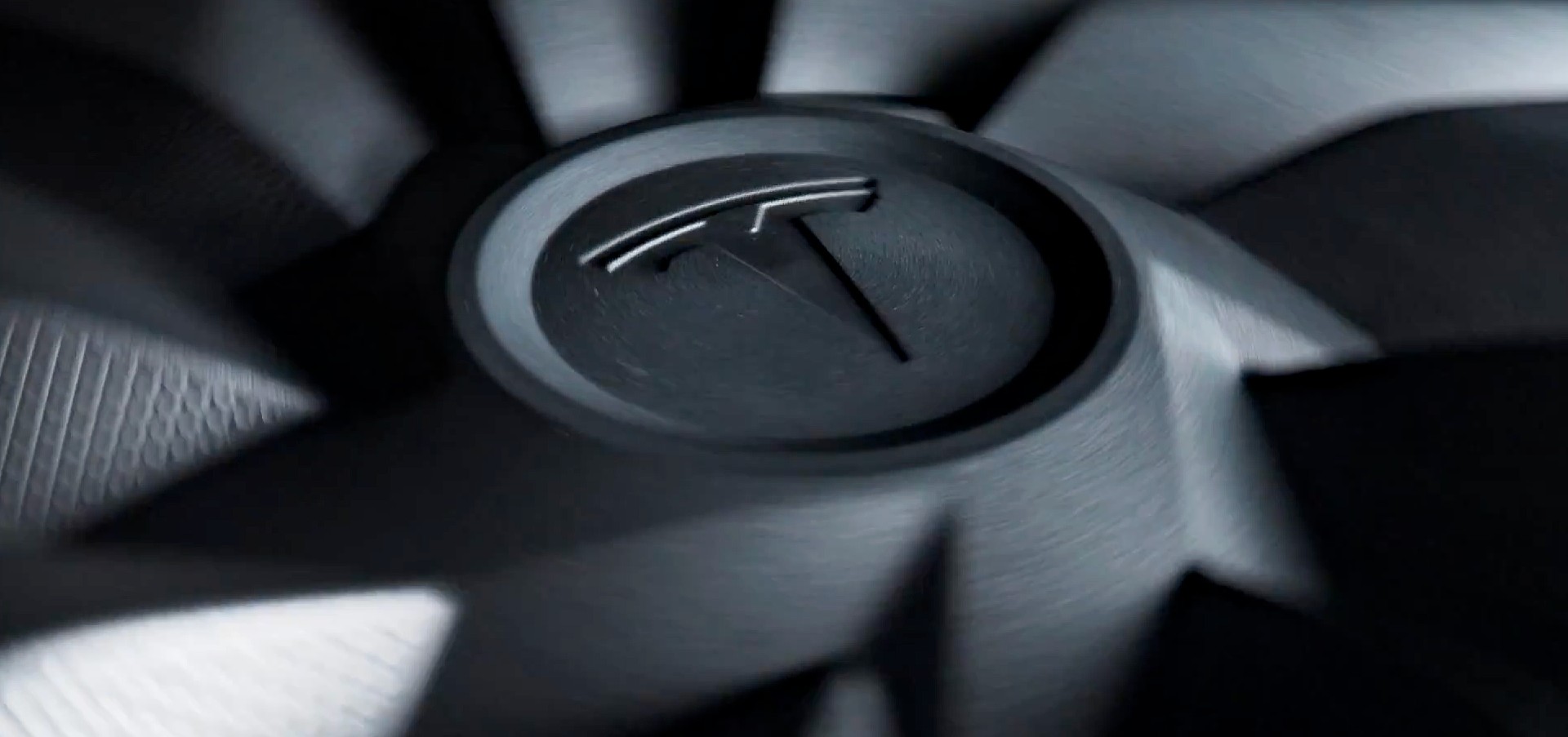
Tesla has released a cryptic teaser for something massive, and it will release details on it this week. With many different projects in the works, there is a lot of speculation going on about what it could potentially be, but we have a few ideas.
On Sunday morning, Tesla released a nine-second teaser video of what appears to be either a vehicle wheel, fan, or some sort of propeller, but there are no real clues as to what it could be exactly.
It then ends with “10/7,” meaning it will announce something on October 7, which is this Tuesday:
— Tesla (@Tesla) October 5, 2025
Given that Tesla has been working on a handful of pretty notable projects that are set for unveiling at the end of this year, and there are some clues that seem to point in their direction with this short teaser video.
There are two projects that come to mind almost immediately: the Tesla Roadster is one, and the “E41” or affordable model is the other. Here’s what we know about both:
Tesla Roadster Demo Event
Tesla said earlier this year that it would have a demo event for the Roadster to unveil some new technologies and show off what it has been working on over the past few years.
There have been a lot of crazy things in the works for the Roadster, including a SpaceX package that would use cold-gas thrusters for an insane 1.1-second 0-60 MPH acceleration rate. This package was also supposed to help it hover, something CEO Elon Musk has teased for the past few years.
The Roadster was ready for release earlier this year, but after Chief Designer Franz von Holzhausen and VP of Powertrain Lars Moravy showed Musk what they had come up with, he wanted more.
Moravy said on the Ride the Lightning podcast earlier this year:
“What we had come up with exceeded what we originally planned. So, Elon was like, ‘Wow, great. Let’s do more!’”
The Roadster event was coined as “the most epic demo,” and since it was planned for the end of 2025, it is totally feasible to believe this could be it.
Tesla ‘E41’ Affordable Model
Some believe the teaser could be the official launch of Tesla’s affordable model, which Musk said earlier this year is simply a stripped down Model Y.
There have been some sightings of this vehicle in the past few weeks, including one on Friday that showed the vehicle completely uncovered for the first time:
🚨 It looks like the new affordable Tesla Model Y was spotted near Giga Texas
Model Y body with the Model 3 fascia, no glass roof, and looks as if there is a front bumper camera!
Should be coming soon! https://t.co/UAXQMHjM23 pic.twitter.com/9lC5te9GnW
— TESLARATI (@Teslarati) October 3, 2025
The launch of the affordable model makes sense, especially from a timing perspective. With the $7,500 EV tax credit officially coming to a close on September 30, many are wondering how Tesla will spark growth in its deliveries. A more affordable EV would be the perfect response, and it is something that Tesla has been working on for some time.
Other Potential Ideas
There are some pretty interesting ideas as to what the teaser could be apart from the Roadster or affordable model. Some believe it could be a cooling fan for a GPU cluster, which would make sense considering Tesla’s prowess in data.
Grok also made an interesting guess, stating it could be a propeller for a secret air taxi Tesla is developing. This seems sort of our of left field.
We do know Tesla hosted a handful of influencers at Gigafactory Texas this past week, so whatever the company showed them is likely what will be unveiled on Tuesday.
News
Tesla Optimus is learning martial arts in new video teasing capabilities
For the past few months, Tesla has been refining its capabilities and making some serious progress on what Optimus is capable of. This morning, Musk released a new video showing Optimus learning Kung Fu, perhaps its most impressive feat yet.
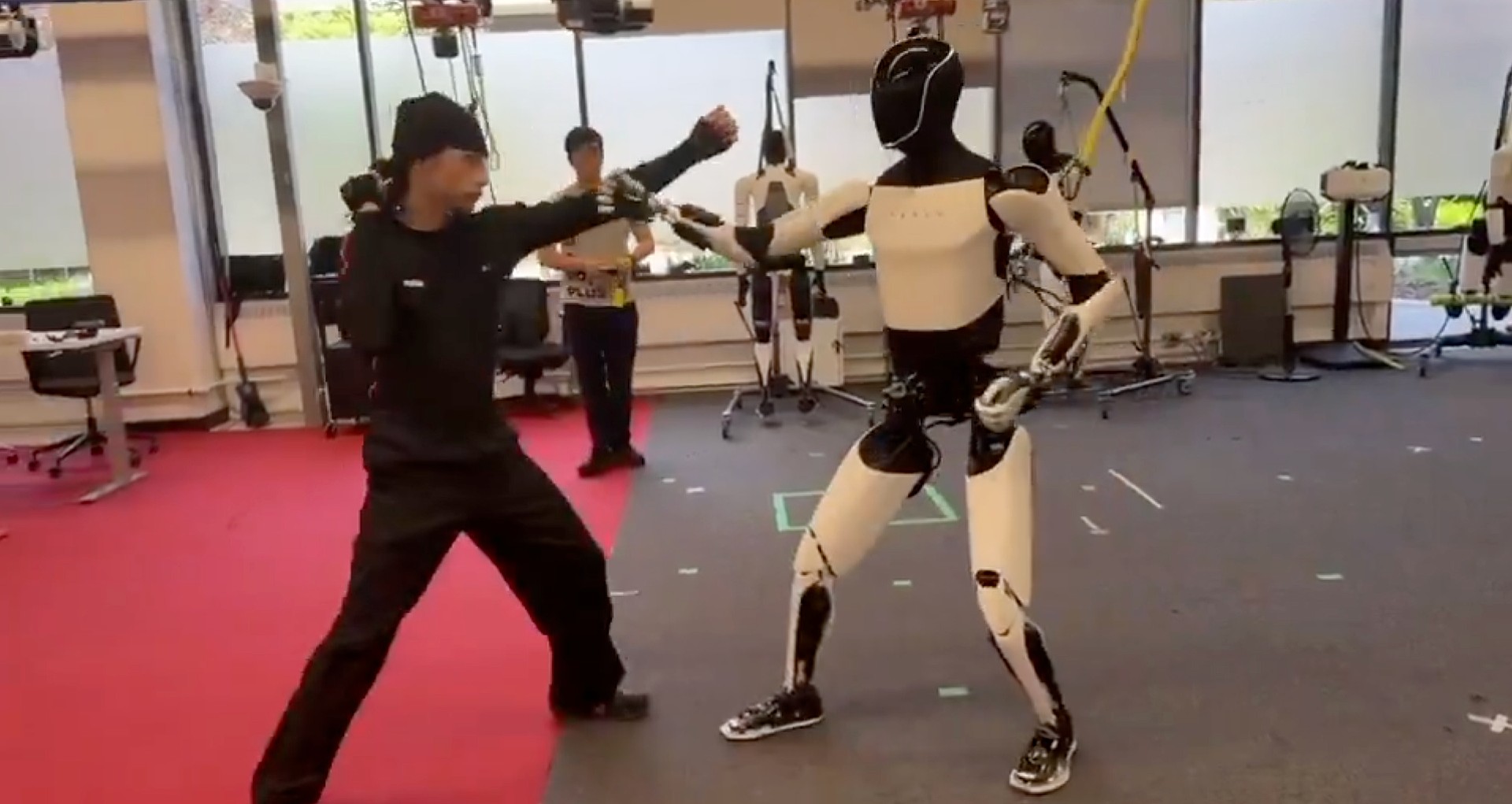
Tesla Optimus is learning martial arts, a new video released by CEO Elon Musk shows, a crazy development and advancement in the robotics project the company has been working on for a few years.
Optimus has been a major focus of Tesla for the past several years, especially as Musk has said he believes it will be the biggest product of all time and could be the biggest contributor to the company’s valuation.
For the past few months, Tesla has been refining its capabilities and making some serious progress on what Optimus is capable of. This morning, Musk released a new video showing Optimus learning Kung Fu, perhaps its most impressive feat yet:
Tesla Optimus learning Kung Fu pic.twitter.com/ziEuiiKWn7
— Elon Musk (@elonmusk) October 4, 2025
The video shows Optimus working with a Kung Fu teacher, known as a Shifu, going through what appears to be some sort of routine of combinations. It’s quite impressive to see the fluidity of the movements and Optimus’s ability to keep up with Shifu.
Tesla has been “working hard” to scale Optimus production, Musk said last week, a project that has obviously confronted both AI and manufacturing teams with a variety of challenges.
The plan is to have an annual production run-rate of one million units by 2030, and there were plans to build 5,000 units this year.
Musk still believes Optimus will make up roughly 80 percent of Tesla’s value. In January, he said it would be “overwhelmingly the value of the company.”
Tesla plans to launch the Gen 3 version of Optimus soon, and although a video of a new-look prototype was released by Marc Benioff, the CEO of Salesforce, the company’s frontman stated that this was not what the next-generation prototype would look like.
Elon Musk confirms Tesla has never shown Optimus V3 design yet
This video seems to show there is still significant progress being made on the Optimus project, and it will be perhaps one of the most impressive humanoid robots available to consumers in the coming years.
Elon Musk
Tesla Full Self-Driving v14 gets new release date, Elon Musk details
“Last minute bug cropped up with V14. Released is pushed to Monday, but that gives us time to add a few more features.”

Tesla’s Full Self-Driving version 14 has gotten a new release date after new details from CEO Elon Musk opened up some new perspectives on the suite.
Originally slated for an “early wide release” of v14 this past week, then a launch of v14.1 and v14.2 this week and next week, respectively, delays arose after Tesla’s Autopilot team found some issues within the software.
Tesla FSD V14 set for early wide release next week: Elon Musk
Musk detailed on X this morning that a “last minute bug” appeared before release, which has now pushed FSD v14’s release back to this Monday:
Last minute bug cropped up with V14. Released is pushed to Monday, but that gives us time to add a few more features.
— Elon Musk (@elonmusk) October 4, 2025
Musk also said the delay would give Tesla the ability to “add a few more features,” which seems like an added advantage, although he did not provide any additional details on what these features could be.
In classic Musk fashion, he has teased the capabilities of this version of the FSD suite since it became public knowledge that Tesla was working on it. He said that it is the second most important update for the AI/Autopilot team since FSD v12.
V14 will have a parameter count that is ten times what previous iterations were, which should provide more accuracy and a more human-like operation.
🚨 Tesla is making “significant improvements” in FSD software and plans to increase parameter count by roughly 10x from what people are currently experiencing pic.twitter.com/r974W6ToGi
— TESLARATI (@Teslarati) July 23, 2025
Musk has said v14 “feels alive” and has used the word “sentient” to describe its performance. The goal with the new FSD rollouts is to eliminate as many interventions as possible, making it as close to human driving as possible.
-
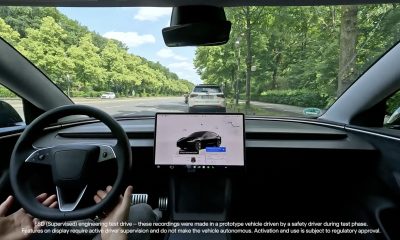
 Elon Musk2 weeks ago
Elon Musk2 weeks agoTesla FSD V14 set for early wide release next week: Elon Musk
-
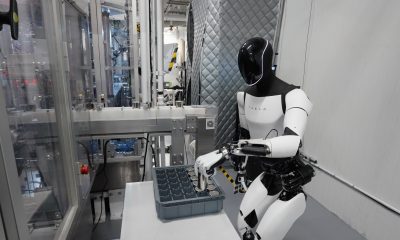
 News1 week ago
News1 week agoElon Musk gives update on Tesla Optimus progress
-
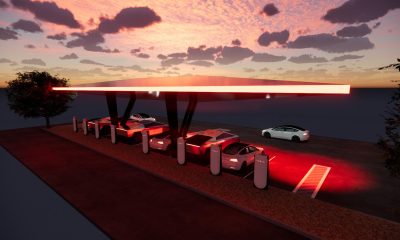
 News1 week ago
News1 week agoTesla has a new first with its Supercharger network
-
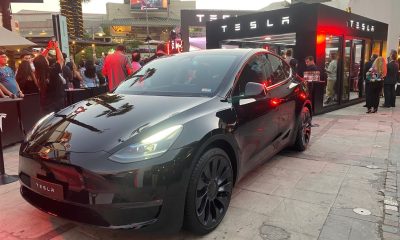
 News2 weeks ago
News2 weeks agoTesla job postings seem to show next surprise market entry
-
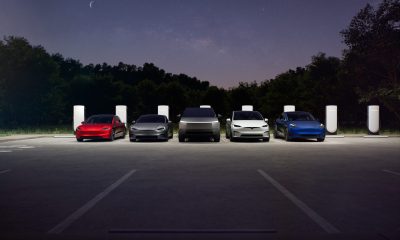
 News2 weeks ago
News2 weeks agoTesla makes a big change to reflect new IRS EV tax credit rules
-
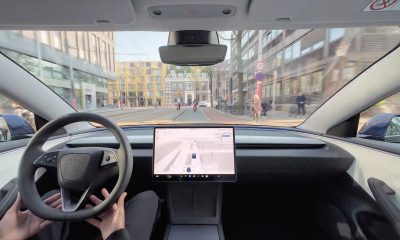
 Investor's Corner1 week ago
Investor's Corner1 week agoTesla gets new Street-high price target with high hopes for autonomy domination
-
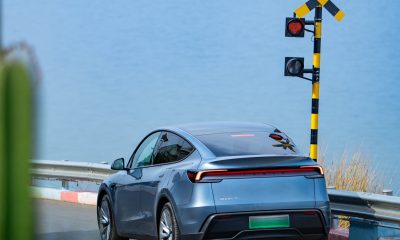
 Lifestyle1 week ago
Lifestyle1 week ago500-mile test proves why Tesla Model Y still humiliates rivals in Europe
-
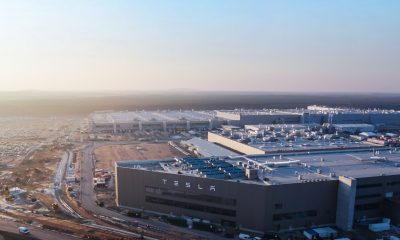
 News7 days ago
News7 days agoTesla Giga Berlin’s water consumption has achieved the unthinkable

